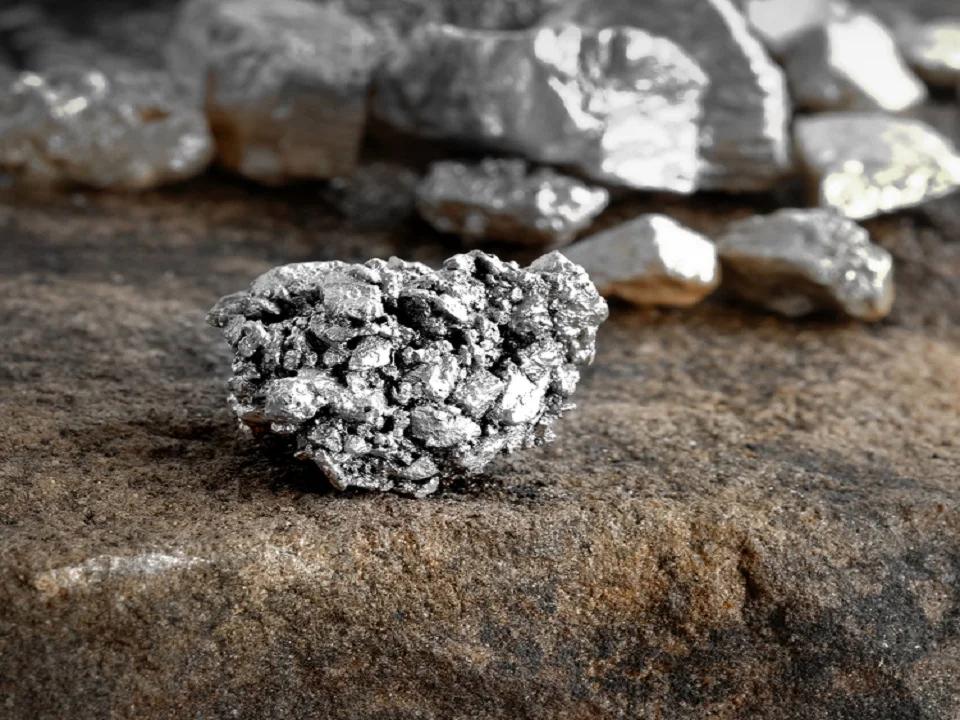The recycling value of platinum-iridium electrodes depends to a large extent on the content of its precious metals platinum and iridium. The content of precious metals not only determines the market value of platinum-iridium electrodes, but also affects the economic benefits of the platinum-iridium electrode recycling process. Recently, our recycling team recycled hundreds of platinum-iridium electrodes, but faced a key problem: the distribution and content of precious metals in the electrodes were inconsistent.

In this batch of platinum-iridium electrodes, there are two types: one with 6 large holes on the head end, and the other with many micro holes on the head end. After testing, it was found that there were significant differences in the content and distribution of precious metals in the two electrodes. In one electrode, platinum and iridium are used mainly as surface coatings, while in the other, there is more platinum-iridium alloy. This leads to errors in recycling predictions, resulting in losses.

During the recycling process of platinum-iridium electrodes, the recycling team initially had high expectations for this batch of electrodes. However, when differences in the precious metal content of the electrodes were discovered, the team's mood turned from optimism to disappointment and even anxiety. This discrepancy between expectations and actual results has put pressure on our company, and we have re-evaluated the value of this batch of platinum-iridium electrodes.
From this real case, we realized that the recycling of platinum and iridium electrodes is a complex but important process. It is necessary to accurately identify the precious metal content in the electrodes and continue to remain sensitive to market dynamics.
文章末尾固定信息



评论